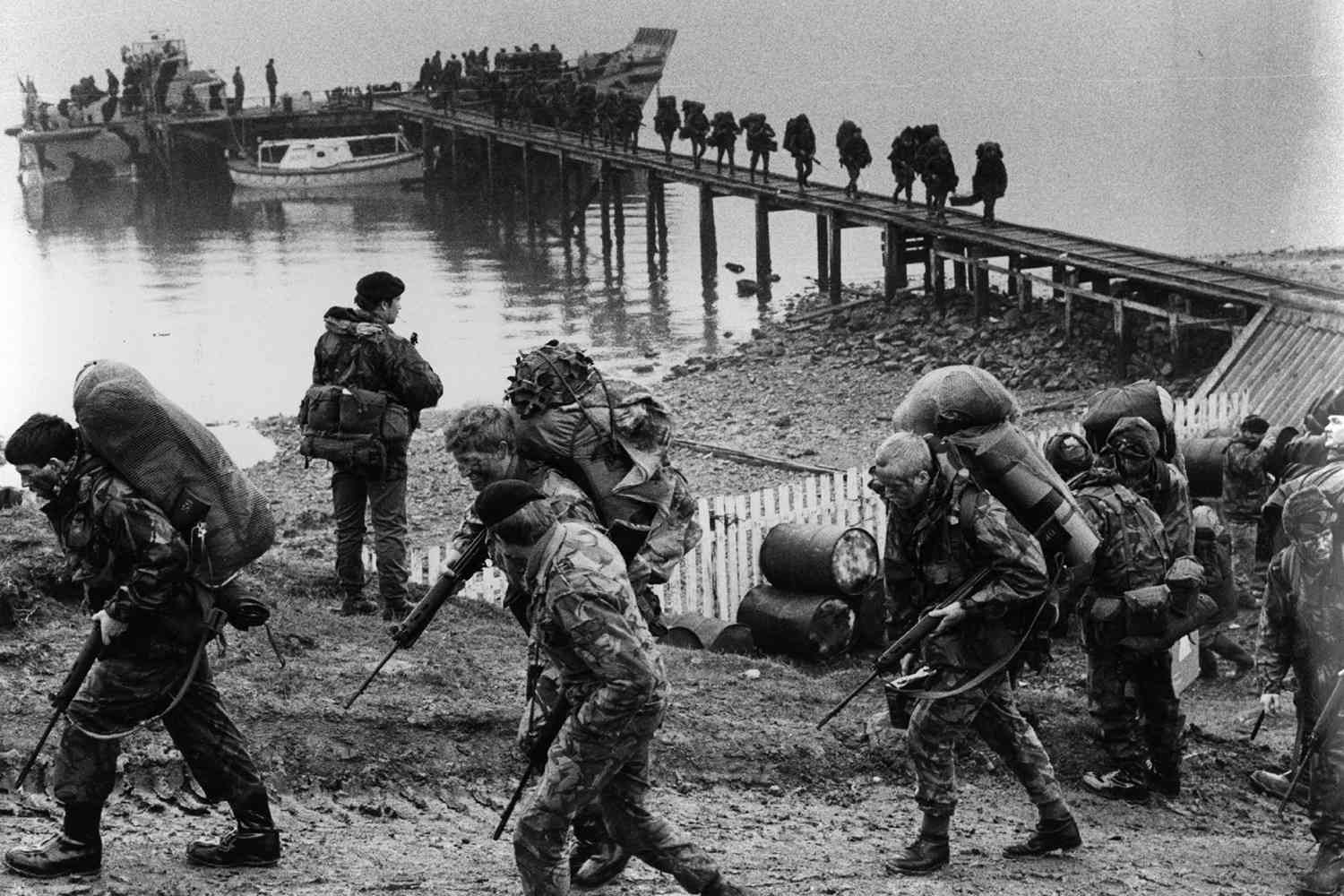Falklands War: Explosive Conflict Between Argentina and The United Kingdom in 1982
The Falklands War, which began on April 2, 1982, pitted Argentina against the United Kingdom in the Falkland Islands, which are located off the southeast coast of South America. The blitzkrieg ended on June 14, 1982, with a death toll of some 900.


